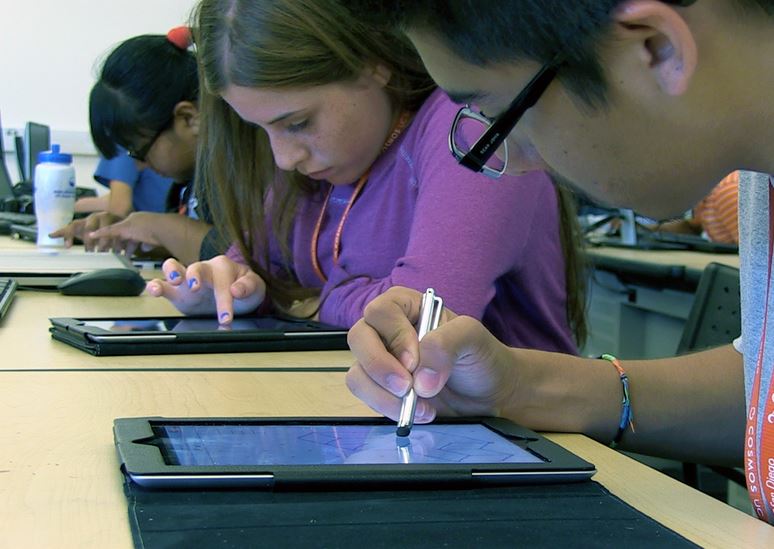Technology has changed the way we do many things compared to 20 years ago, when most of the world was first introduced to the Internet. The way students learn has been greatly impacted by widespread access to the internet and the evolution of computers and other electronic devices. The following six technologies have enhanced the learning experience of today’s students in many ways as follows:
1. Electronic Devices
Many students come to class with an iPad or other tablet where they can take notes, research assignments and readily access past homework assignments via the cloud. While some schools are making the transition from books to downloadable copies, many students are opting to get all of their books online and save money while lessening their load by not having so many books in a backpack.
2. Virtual Learning
Students who prefer to learn on their own, or are not able to physically attend school, have many options for online learning. For some students, they may actually excel in their coursework due to less distractions. For students who continue to attend school, YouTube has become a very popular resource for completing homework. For example, if a student is struggling with an algebra problem there are several online teachers with state-of-the-art YouTube channels who will demonstrate various principles for students of all levels. Virtual learning is replacing tutors and the need to ask mom and dad for help, enabling students to learn in a low-pressure environment as their own pace.

3. Teacher Blogs or Blackboard
Students today have no excuse for not having their homework ready on time. More and more teachers are creating their own blogs or using Blackboard to post assignments and update students with classroom events that they may have missed due to absences. Some teachers actually utilize these tools as a hybrid learning platform where some assignments are given in class and others, such as a term paper, are outlined in full online. Teachers can refer students to the site for instructions, examples, links to resources and assignment deadlines. These platforms also open the lines of communication between student and teacher via email or messaging.
4. Computers and Media Programs
For years, many teachers have requested that assignments be typed in lieu of being turned in handwritten. Problems sometime arose with lower-income students that did not have access to a computer. Today, most school libraries and even public libraries have more than enough terminals to accommodate every student. Students are gaining skills in word processing and spreadsheet preparation at earlier ages. Many students are using PowerPoint for presentations and making videos on YouTube and Vimeo.
5. Online Learning Resources
Sites like Wikipedia and Merriam-Webster provide invaluable research and learning tools for students of all ages. Although these resources simply replaced hardback versions of encyclopedias and dictionaries, online versions are much more convenient for students due to cost and ease of accessibility. If a student did not have a set of encyclopedias in his or her home in pre-Internet days they would need to visit a library. And, even if the home had a set of encyclopedias, the information could be outdated. Anyone with an Internet connection has access to these and many more online resources for free.
6. Computer Animation
When studying subjects such as astronomy or science, computer animation can truly enhance the learning experience. When shown in high definition or 3D the visual effects can seem almost lifelike. Many students today have been accustomed to visual images due to social media.
Students who enjoy learning perform better in school, and with so much hype around technology it makes sense to implement as many of these technologies in a student’s life as possible. This will, hopefully, encourage them to get the most out of their learning experience and keep them from falling behind as technology continues to evolve.
Informational Credit to www.MidwestAcademy.net





